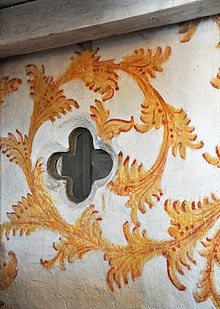Type a search term to find related articles by LIMS subject matter experts gathered from the most trusted and dynamic collaboration tools in the laboratory informatics industry.

A recluse is a person who lives in voluntary seclusion and solitude. The word is from the Latin recludere, which means 'shut up' or 'sequester'.
Examples of recluses are Symeon of Trier, who lived within the great Roman gate Porta Nigra with permission from the Archbishop of Trier, or Theophan the Recluse, a 19th-century Orthodox Christian monk who was later venerated as a saint. Many celebrated figures of human history have spent significant portions of their lives as recluses.
In the Russian Orthodox and Catholic Church tradition, a Poustinik is a temporary hermit who has been called to pray and fast alone in a cabin for at least 24 hours. In ancient Chinese culture, scholars are encouraged to be a public servant in a scrupulous and well-run government but expected to go into reclusion as a yinshi (隐士, 'gentleman-in-hiding') when the government is rife with corruption.[1] Others, like Dongfang Shuo, became hermits to practice Taoism, or in later centuries, Chan Buddhism.